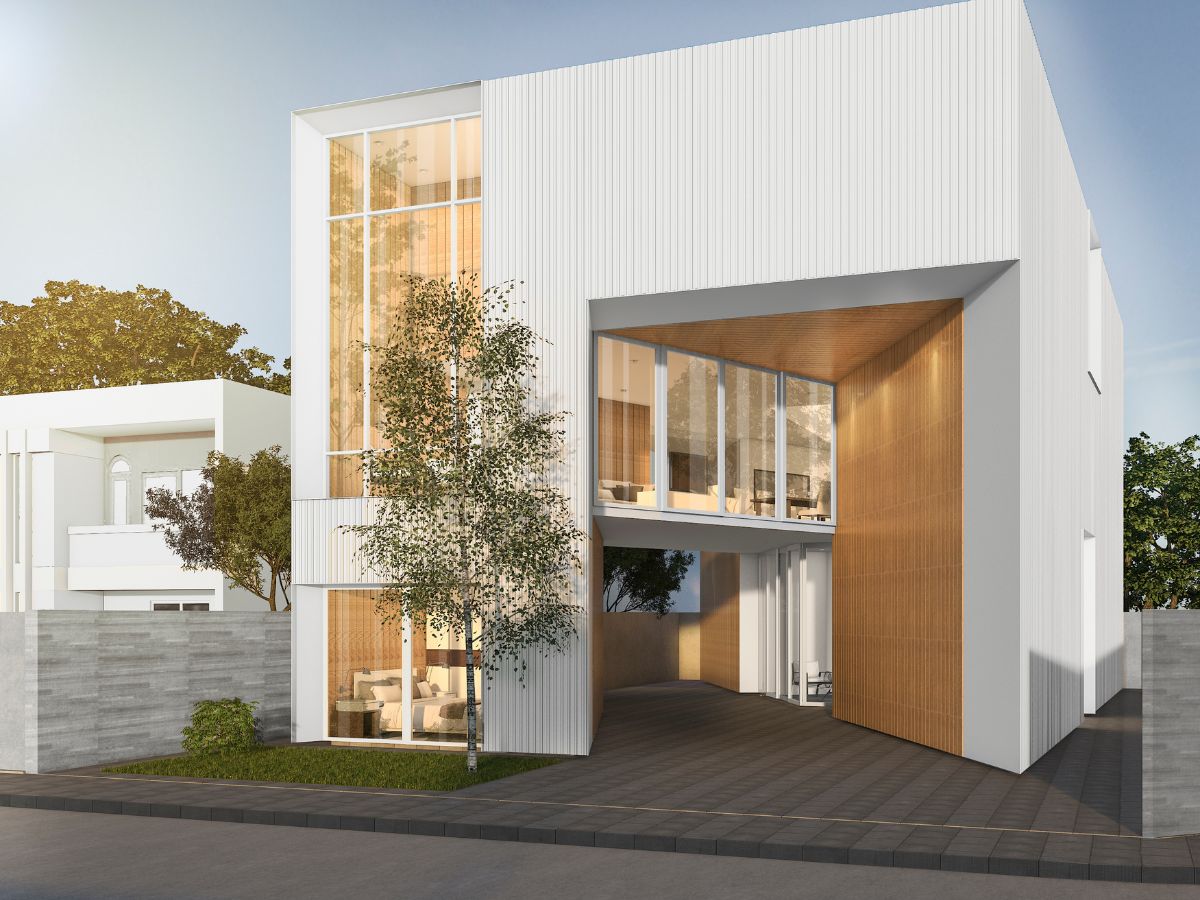Renovating your home is an exciting opportunity to embrace sustainability. For homeowners on the NSW South Coast, incorporating eco-friendly features not only helps protect the environment but also reduces energy bills and adds long-term value to your property. Here’s a guide to sustainable home features that will make your renovation both stylish and environmentally conscious.
Harnessing Solar Power
The NSW South Coast is blessed with abundant sunshine, making solar energy an excellent option for sustainable homes. Installing solar panels is one of the most impactful ways to reduce reliance on fossil fuels. Pair your solar system with a battery storage unit to power your home even when the sun isn’t shining.
Benefits:
- Significantly reduces electricity bills.
- Increases the resale value of your property.
- Lowers your carbon footprint.
Rainwater Harvesting Systems
Water conservation is crucial in Australia, and a rainwater harvesting system is a smart addition. Installing tanks to collect rainwater can provide water for gardening, flushing toilets, and even washing clothes.
Key Tips:
- Opt for a tank size that suits your property’s space and needs.
- Ensure your gutters and downpipes are fitted with filters to prevent debris from entering the tank.
Energy-Efficient Windows and Insulation
Your home’s windows and insulation play a vital role in maintaining a comfortable indoor temperature. Consider double-glazed windows, which help retain heat during winter and keep your home cool in summer.
Sustainable Insulation Options:
- Recycled materials like denim or sheep’s wool.
- Cellulose insulation, made from recycled paper.
Investing in high-quality insulation reduces energy consumption and ensures your home stays cosy year-round.
Sustainable Building Materials
When renovating, prioritise materials with low environmental impact. Bamboo flooring, reclaimed timber, and recycled bricks are excellent choices for creating a stylish yet sustainable home.
Why Choose Sustainable Materials?
- They reduce waste by repurposing existing resources.
- Many eco-friendly materials are more durable, offering better long-term value.
- Using local suppliers supports the community and reduces transportation emissions.
Smart Home Technology
Integrating smart technology can make your home more energy-efficient. Consider installing smart thermostats, lighting systems, and energy-monitoring devices. These allow you to track and control energy usage, reducing waste. Examples include
- Motion-sensor lights that turn off when a room is empty.
- Smart irrigation systems for efficient water use in your garden.
Green Roofing and Vertical Gardens
If you’re keen to embrace greenery, consider adding a green roof or vertical garden to your home. These features not only enhance aesthetics but also improve insulation and reduce stormwater runoff.
Key Considerations:
- Select native plants suited to the NSW South Coast climate.
- Work with a professional to ensure proper structural support.
Energy-Efficient Appliances
When upgrading appliances, look for those with high energy-efficiency ratings. From refrigerators to washing machines, choosing energy-efficient models can significantly cut electricity consumption.
What to Look For:
- Appliances with a high number of stars on the energy rating label.
- Models that use less water for washing or dishwashing.
Passive Design Principles
Passive design maximises natural light and airflow, reducing the need for artificial lighting and cooling. Incorporate features like wide eaves, cross-ventilation, and large windows positioned to capture the sun’s warmth in winter.
Passive Design Tips:
- Orient living areas to the north for optimal sunlight.
- Use thermal mass materials, such as concrete or stone, to store and release heat.
Eco-Friendly Paints and Finishes
Conventional paints often contain volatile organic compounds (VOCs), which can harm indoor air quality. Opt for low-VOC or VOC-free paints and finishes to ensure a healthier home environment. The benefits of opting for low-VOC or VOC-free paints includes:
- Fewer toxins released into your home.
- Reduced impact on the environment during production and application.
Composting Systems and Sustainable Landscaping
Don’t forget about your outdoor space when renovating sustainably. Incorporate a composting system to recycle food and garden waste, reducing landfill contributions. For landscaping, choose drought-tolerant native plants and install permeable paving to reduce water runoff.
Making Sustainability Part of Your Renovation Journey
Renovating with sustainability in mind doesn’t mean compromising on style or comfort. From harnessing solar energy to using eco-friendly materials, these features make your home more efficient and resilient while contributing to a healthier planet.
By adopting these sustainable practices, homeowners on the NSW South Coast can enjoy modern, energy-efficient homes tailored to their unique environment. Not only will your efforts pay off financially, but they’ll also help ensure a greener future for generations to come.
Ready to Renovate Your Home?
Are you ready to renovate your home on the NSW South Coast? Contact the team at Southridge Projects and let’s talk about making your home more sustainable.

